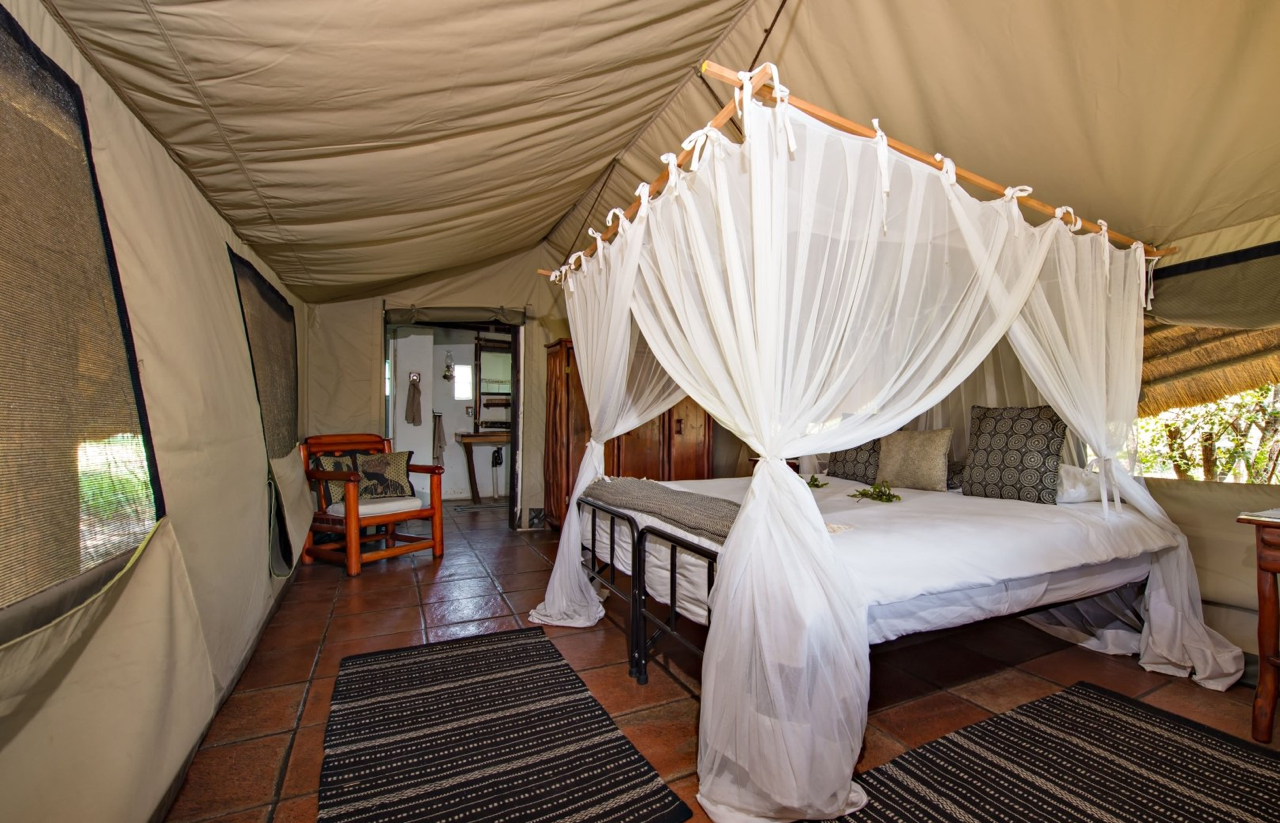
Introducing a tiny hunter extraordinaire!
In the Manyeleti, great things really do come in small packages!
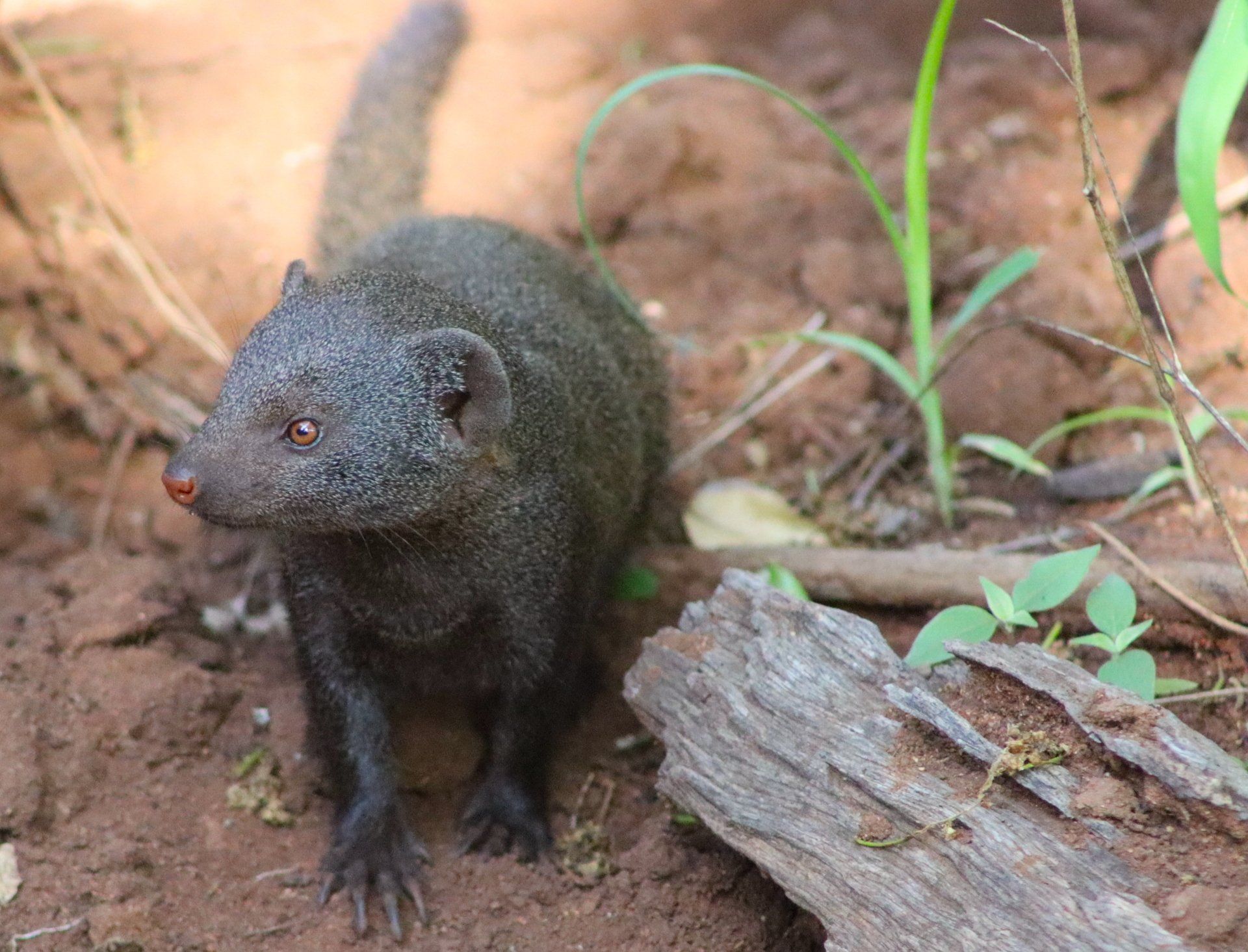
It's Africa's smallest carnivore and one of the most overlooked and underrated of the Manyeleti's resident mammals... Meet the dwarf mongoose - a pint-sized predator with a supersized personality. Impossibly cute, extremely entertaining to watch and with an intelligence that belies their petite stature, you'll often see them foraging in camp and around our tents.
Dwarf mongooses are social creatures and live in groups - called a "business" or a "rush" - with as many as 30 members retaining a territory of around three square kilometres. They belong to the same mammalian family as meerkats and are cousins to the larger banded mongoose, white-tailed mongoose and slender mongoose, which you can also see in the Manyeleti.
A dwarf mongoose business is presided over by a dominant or alpha female and her consort male. It's this couple that will reproduce, mating in the late winter months with up to five babies born almost two months later in mid-spring, timed to coincide with the arrival of the first rains. Occasionally the second highest-ranked female will also have babies, but depending on group dynamics, the dominant female may kills these.
It takes the whole group to raise baby dwarf mongooses and sadly the success rate is not high. These little predators are on the prey list of competing small carnivores like African wild cats and jackals as well as raptors (eagles, vultures, owls etc), snakes and monitor lizards. Marabou storks have also been known to kill and eat them. So in spite of constant baby-sitting, the watchful eyes of the whole business and great maternal instincts, only around one in five dwarf mongoose babies survives its first year.
Dwarf mongooses are long-lived, reaching up to 18 years old, but with so many other animals and the often harsh conditions of life in the African wilderness posing a threat, it's rare that a wild "dwarfie" will reach that milestone. They spend their days foraging for food, eating insects, spiders, scorpions, reptiles, small rodents and occasionally birds.
They move as a cohesive group through the undergrowth, keeping in touch with one another with constant chirps and peeps, sounding the alarm call in the case of a possible threat, whereupon they rush for cover. Their vocabulary is very wide and they have different alarm calls for each threat, as well as a range of growls, screeches, purrs and almost bird-like trills.
As dusk falls dwarf mongooses retreat to one of a series of dens they use throughout their territory. These can be vacated termite mounds, hollow tree trunks or a series of tunnels they excavate themselves to provide bolt-holes and cover. They are excellent climbers and masterful diggers, with their front paws tipped with long, sharp claws that can handle even the hardest and most compacted soil.
The dwarf mongoose's social hierarchy is developed and maintained through mutual grooming and when they are not foraging the business will find a shady spot and indulge in grooming sessions, sleeping curled up together with just a lookout on duty. If a lookout performs well it is rewarded with extra grooming. All of this fur cleaning and maintenance ensures that dwarf mongooses are very clean and that pesky parasites like ticks are kept to a minimum.
Grooming is taken to an extreme when the dominant female is challenged for the right to mate. She and her challenger will engage in an extended mutual licking session and whoever licks longest wears the crown and has the babies! Males fight for dominance and will often inflict painful wounds on one another in the process. It's not unusual to see toes and eyes lost in such bouts, thanks to their needle sharp teeth and slashing claws.
Their fighting prowess is needed when other businesses invade their territory as they work together to see the infiltrators off. It's a last resort after a lot of posturing and threat displays but scuffles can be dramatic and, sometimes, lethal, especially if the business has babies.
The flip side of fighting is playing, and when it comes to recreation, dwarf mongooses definitely know how to have fun! You'll often see them near their den site relaxing and sparring with one another, standing upright and wrestling with their arms around each other. They chase with glee and ambush readily, jumping high into the air and pouncing on one another. Hide and seek is a favourite pastime and watching them at play is truly special.
So the next time you come across dwarf mongooses, whether in camp or out on a game drive, pause a while and sit quietly to watch their behaviour. They soon settle down if you stay quiet and keep a respectful distance and the joy of observing their natural behaviour is more than worth the time!
All images: Sharon Gilbert-Rivett
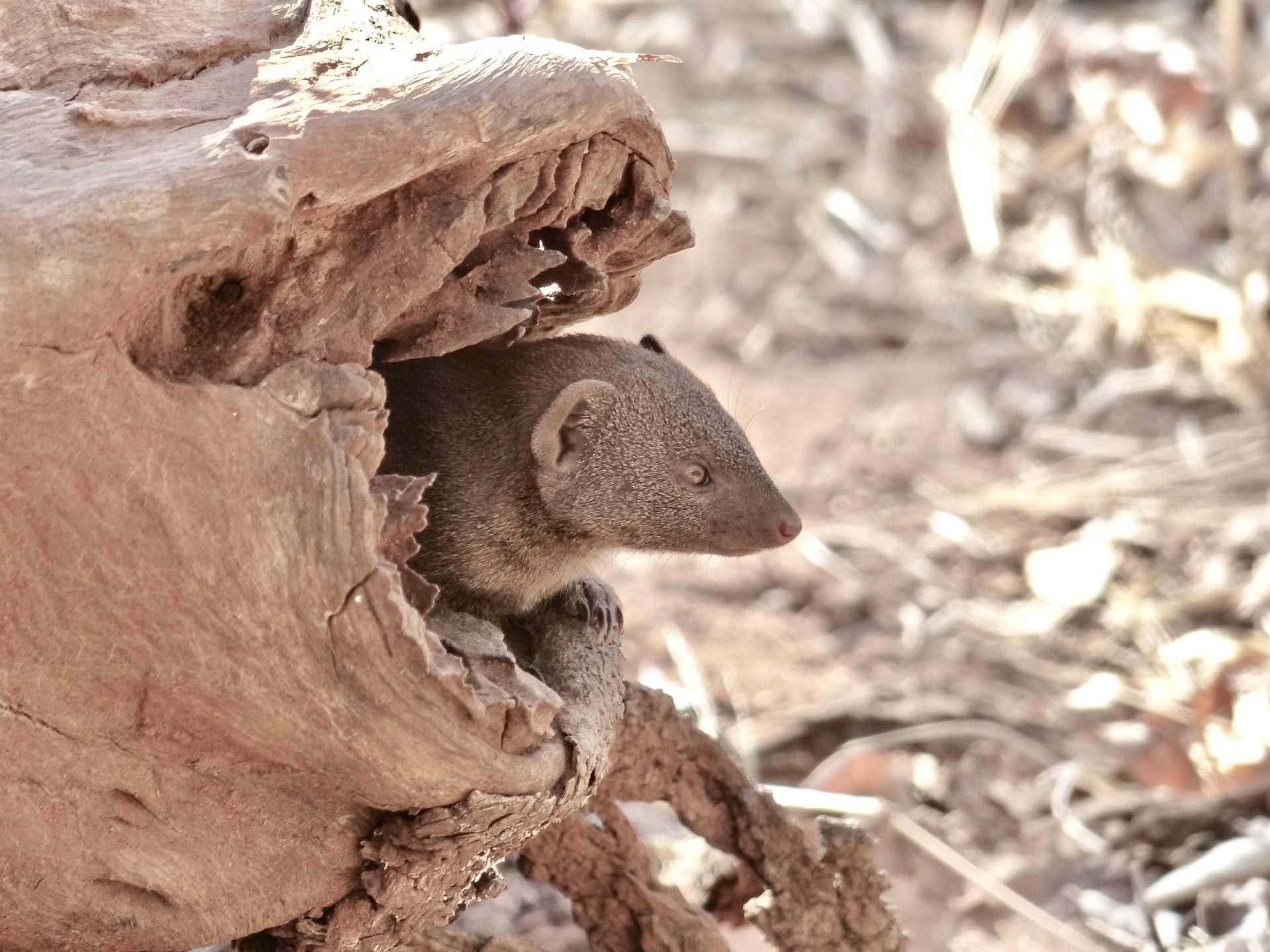
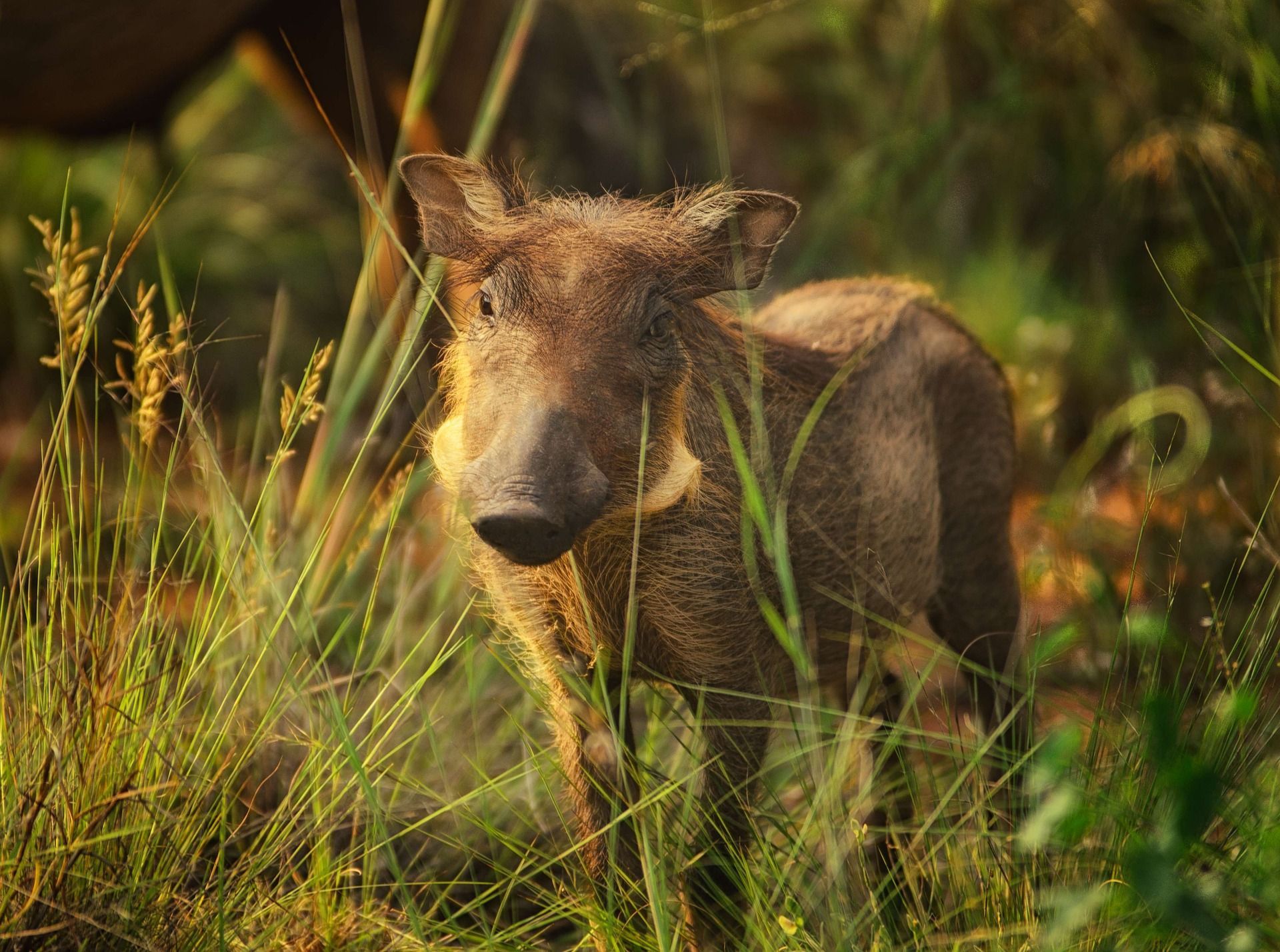
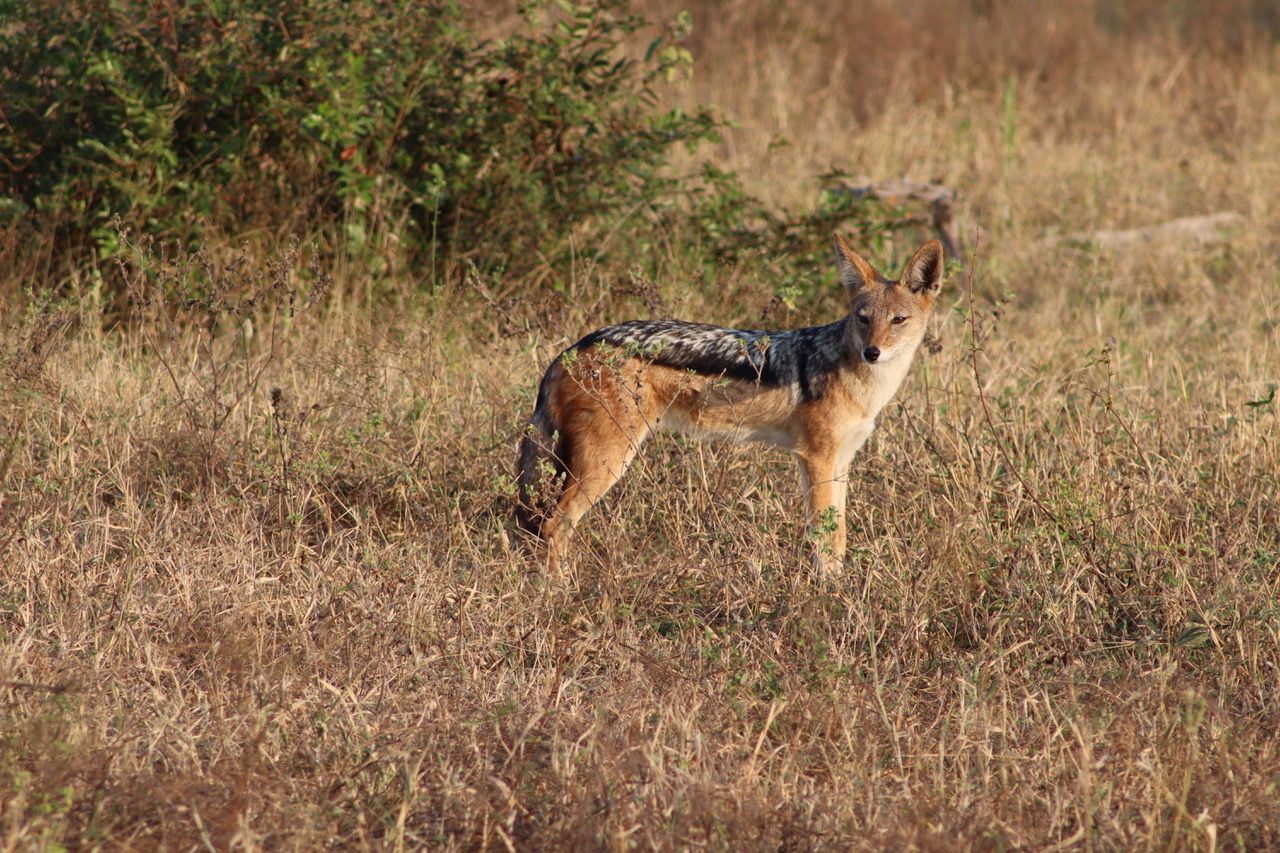
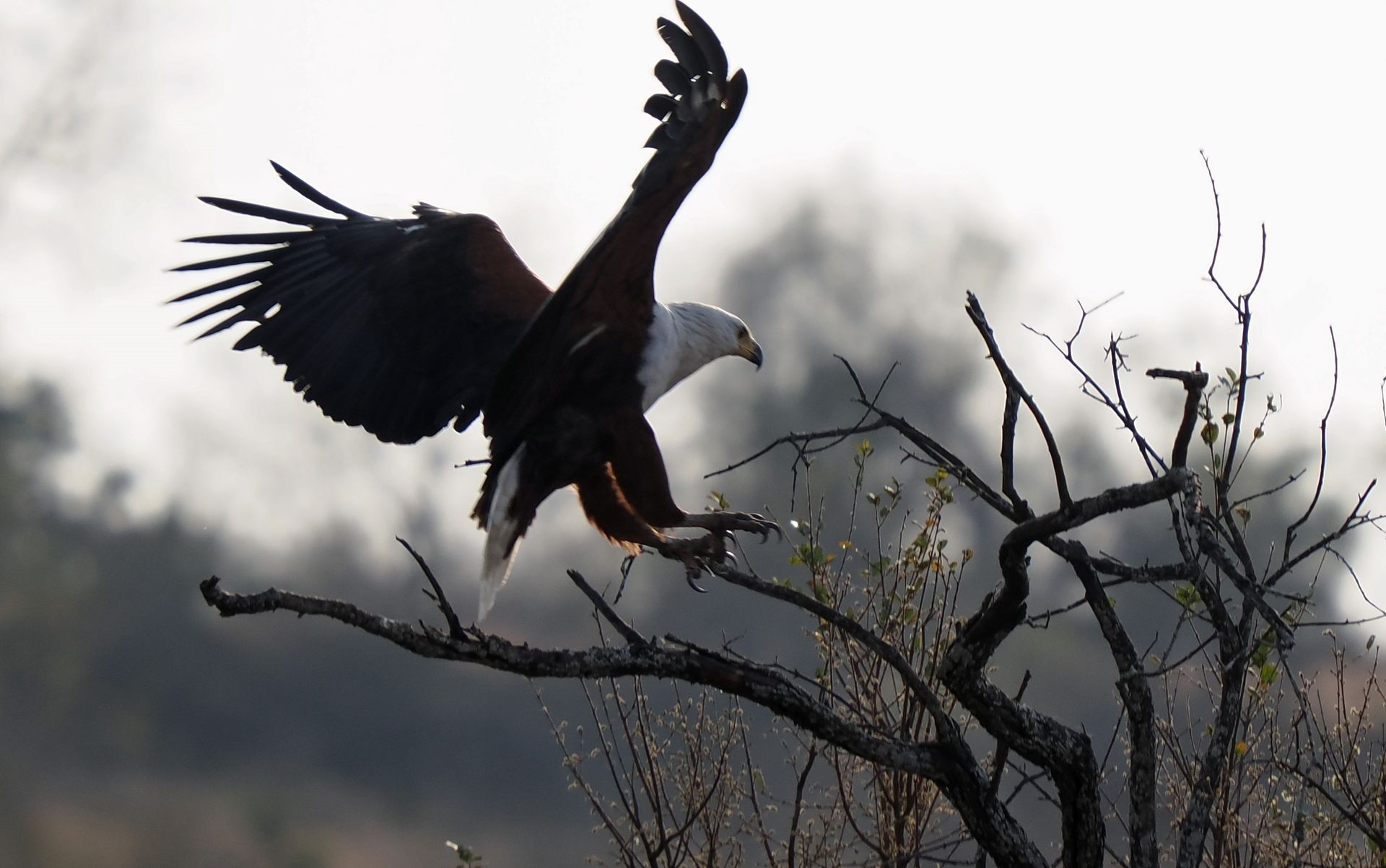
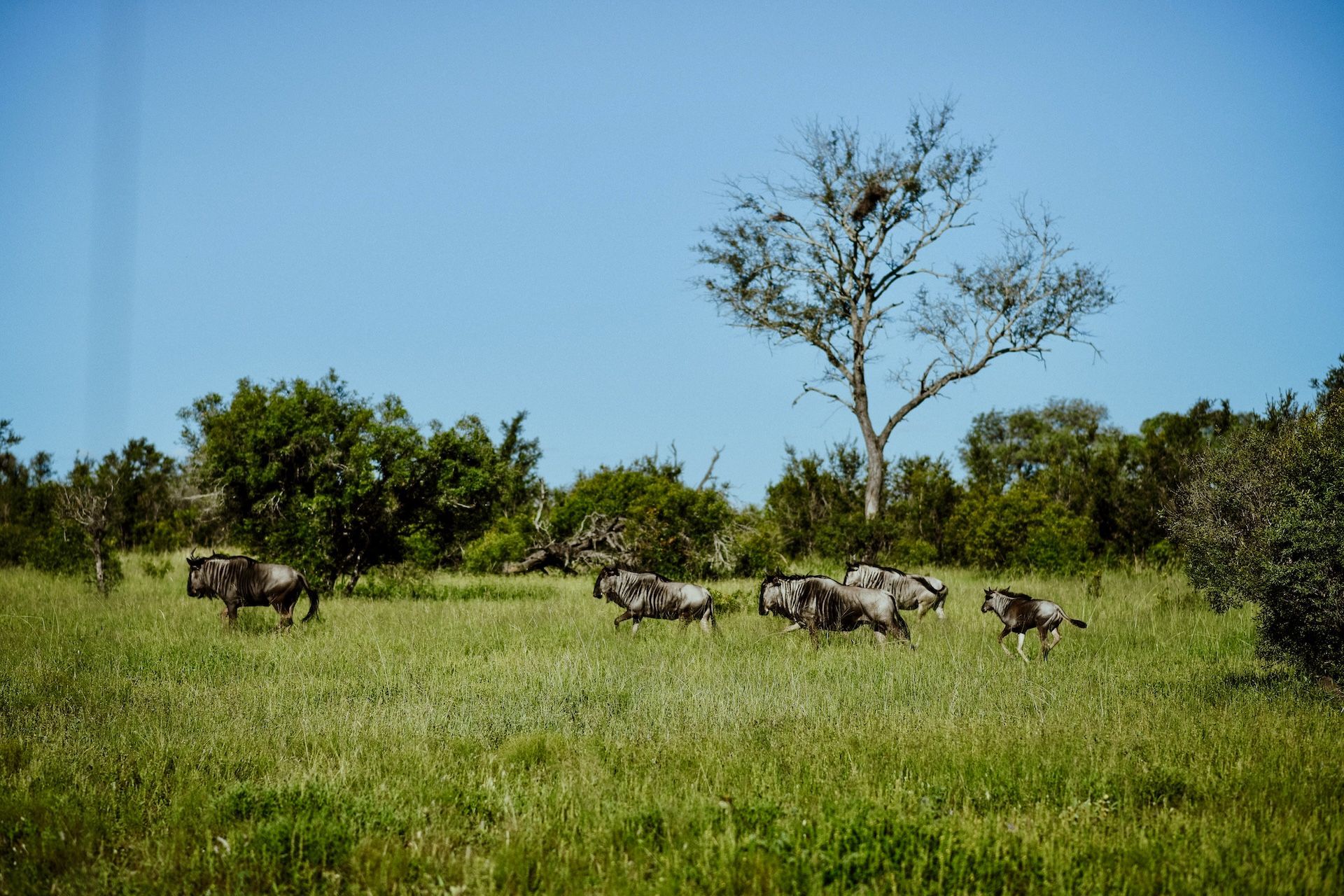
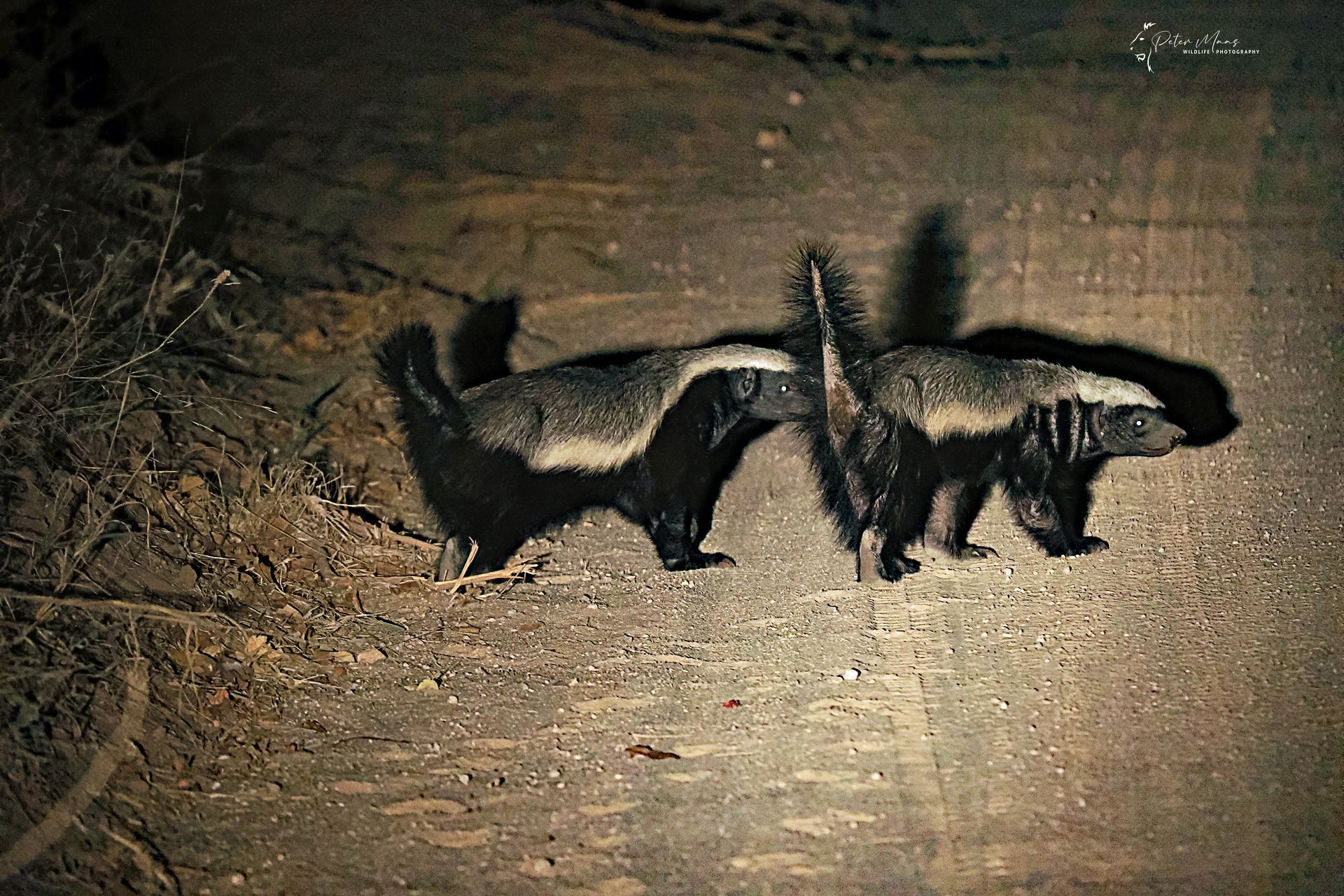
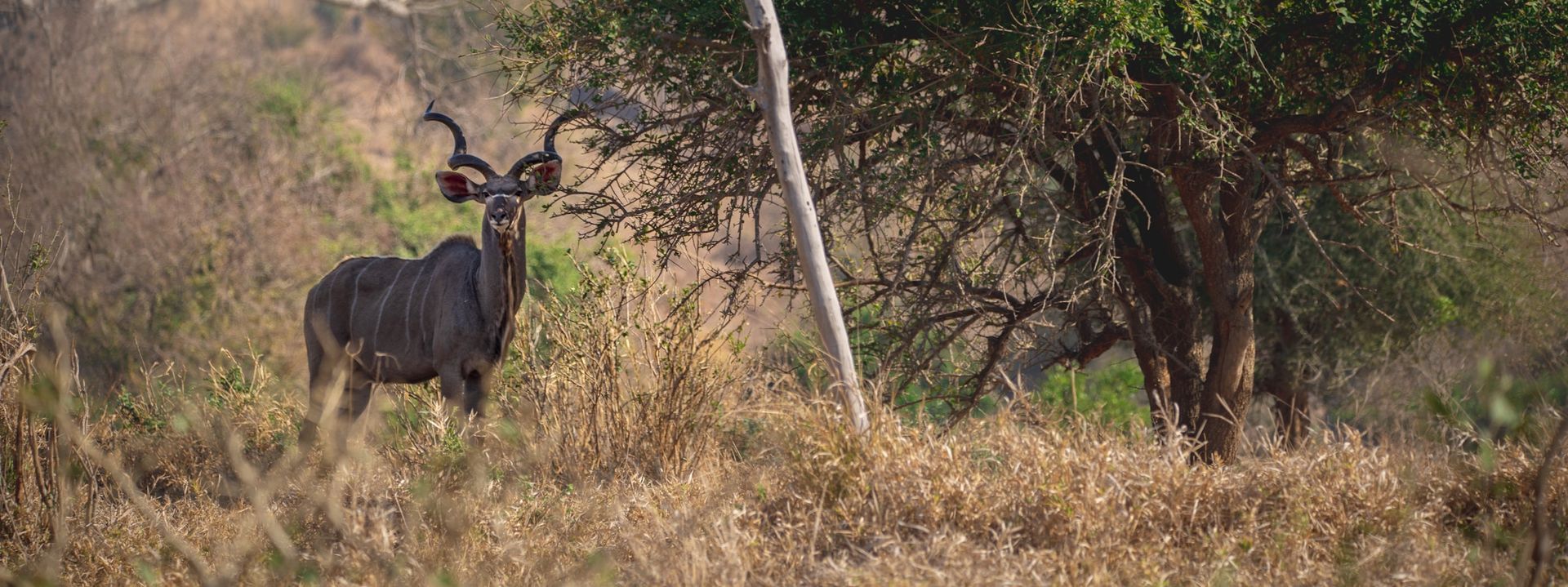
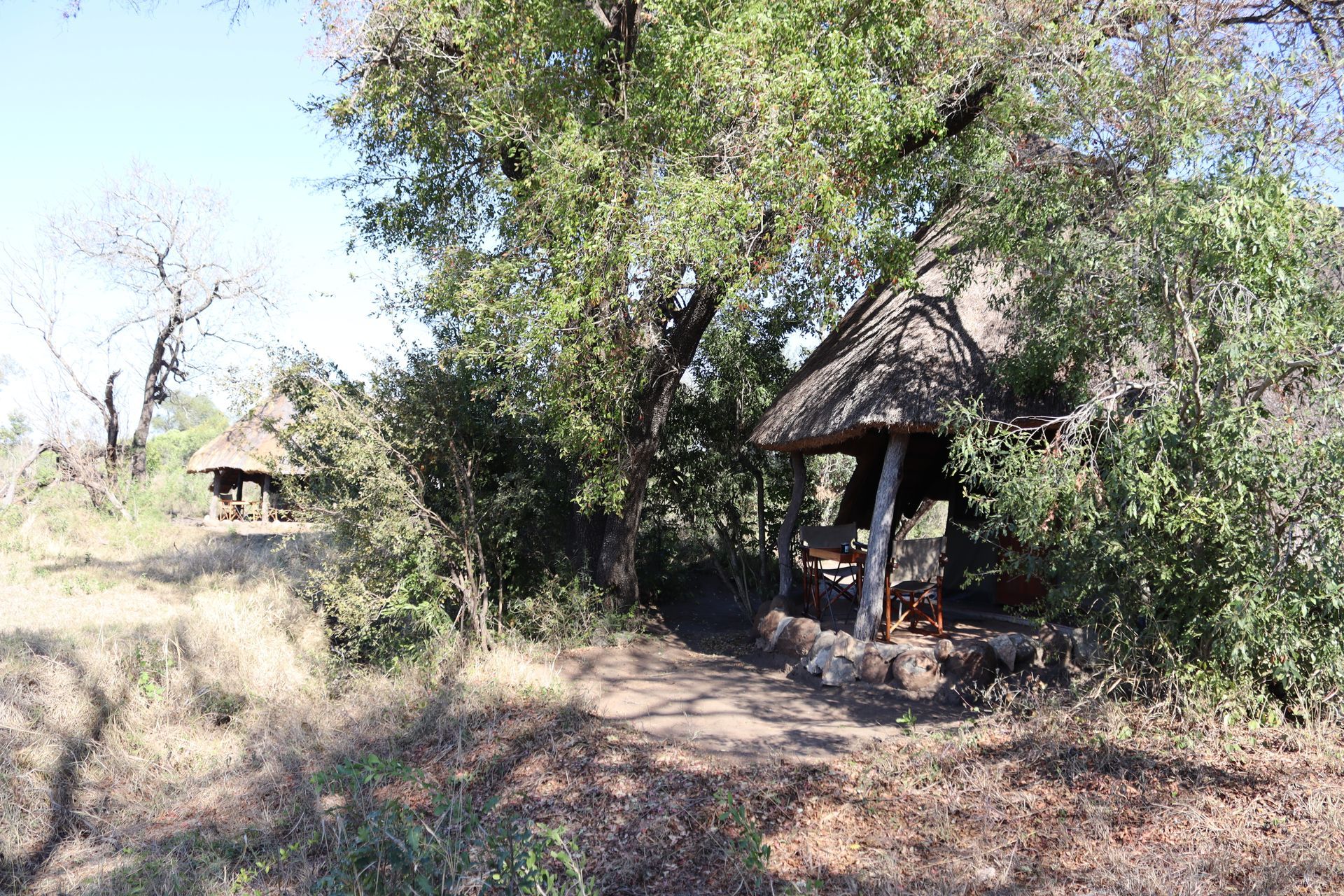
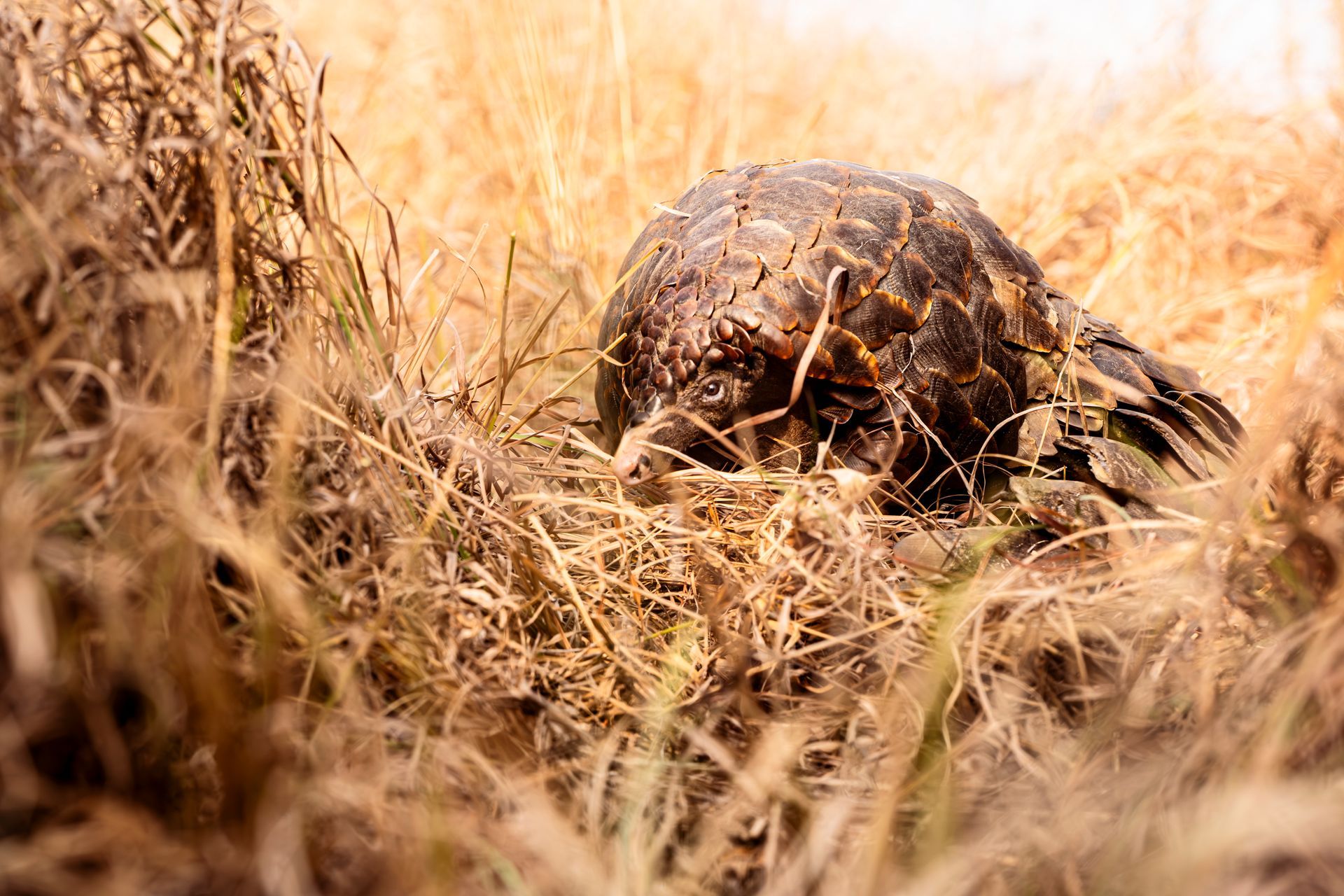
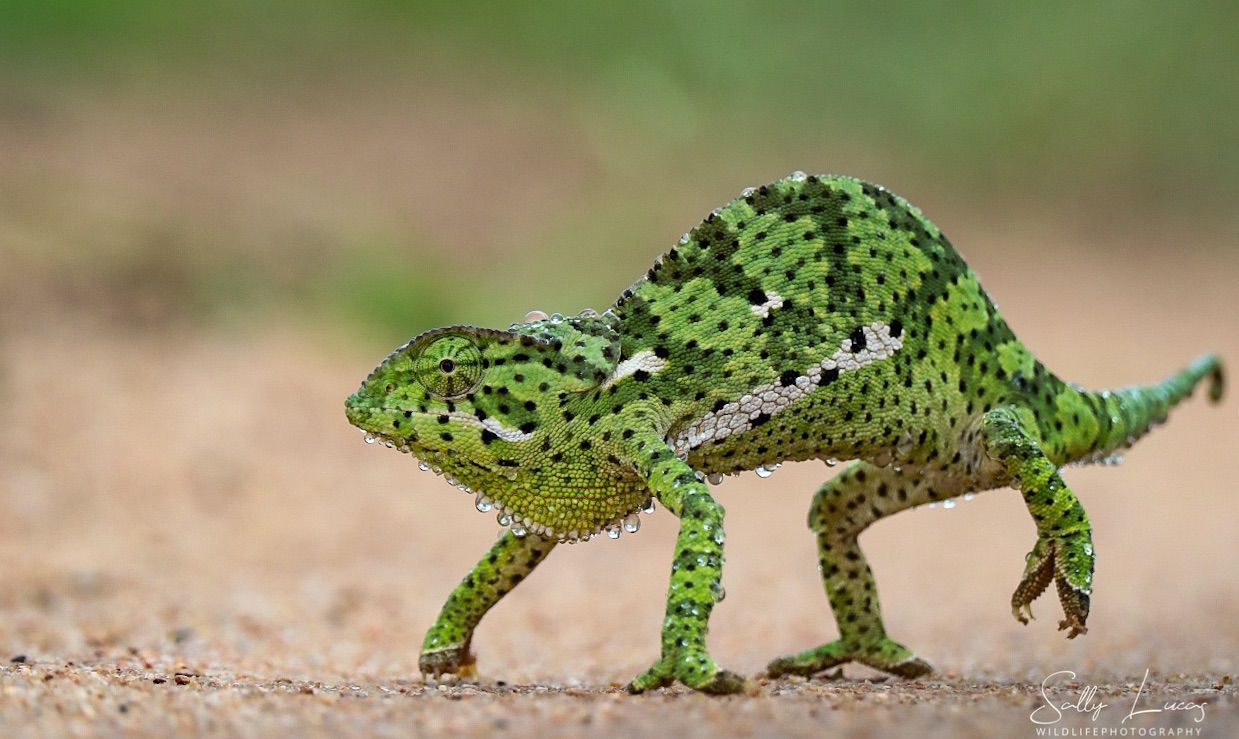
Pungwe Safari Camp
Manyeleti Game Reserve
Mpumalanga
South Africa
Tel: +27 82 853 9533
Email: info@pungwe.co.za
MENU
STAY CONNECTED
Join our Newsletter and find out more
Contact Us
We will get back to you as soon as possible
Please try again later
All images on this website have been taken at Pungwe by guests or staff
All Rights Reserved | Ingweleti Investments (Pty) Ltd T/A Pungwe Safari Camp

